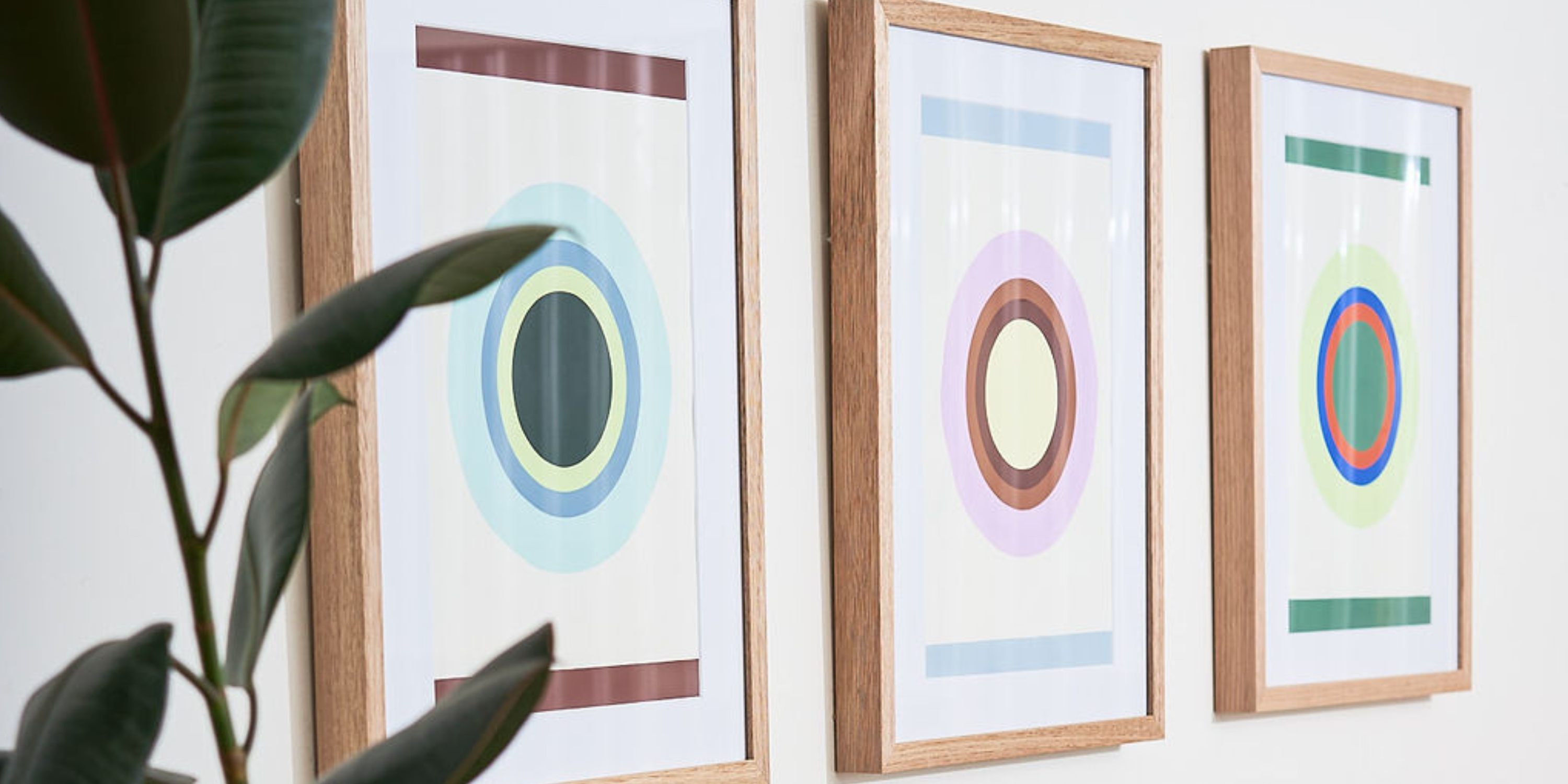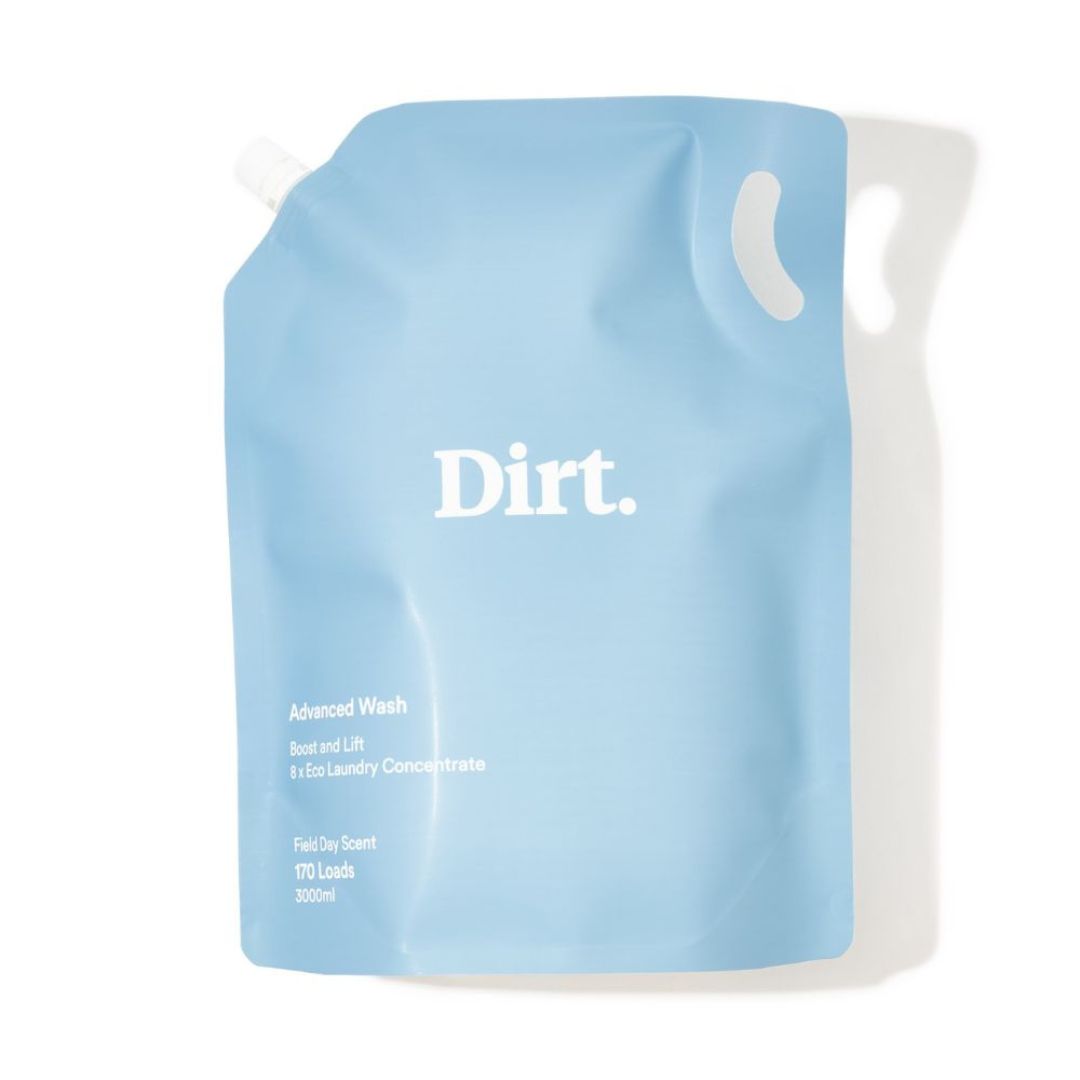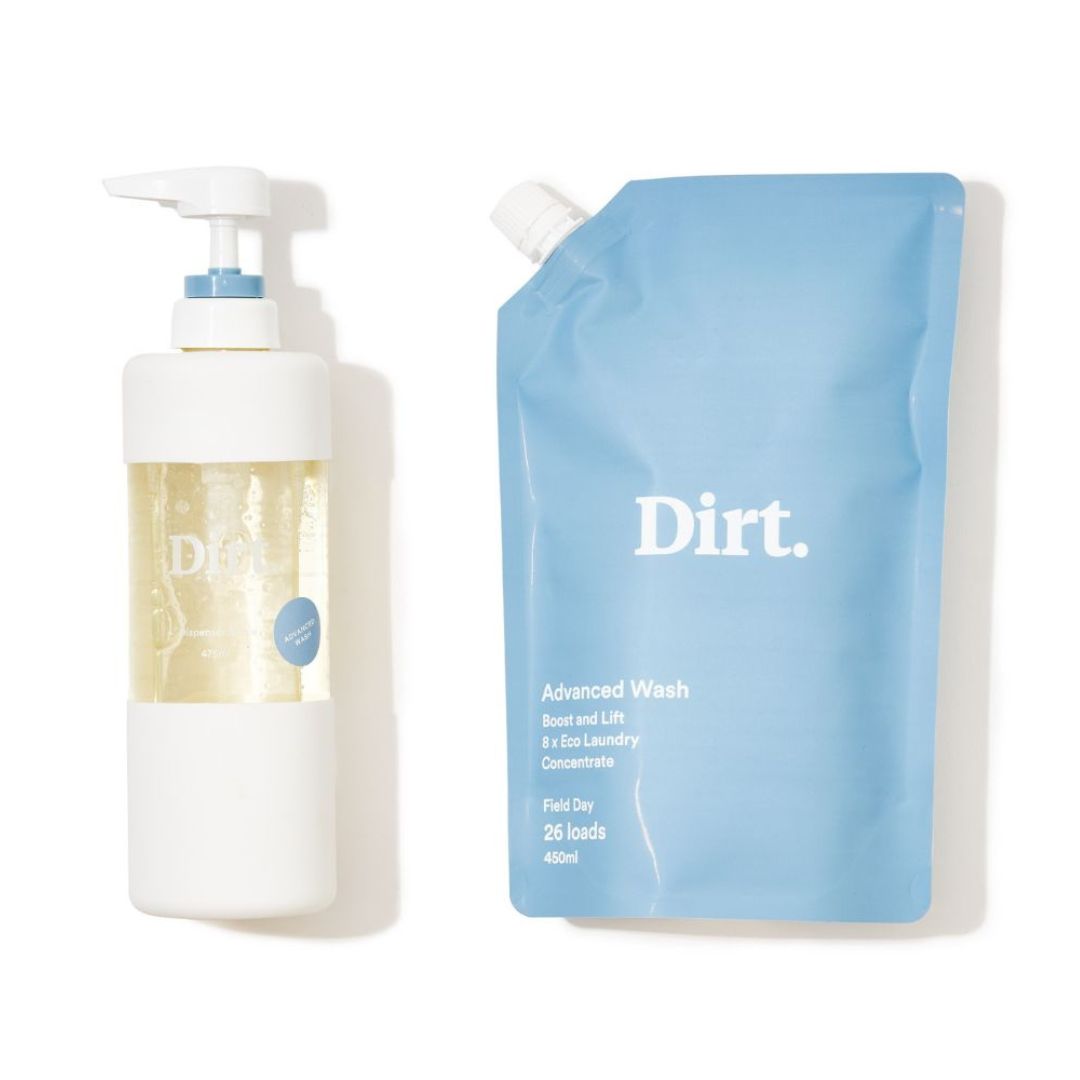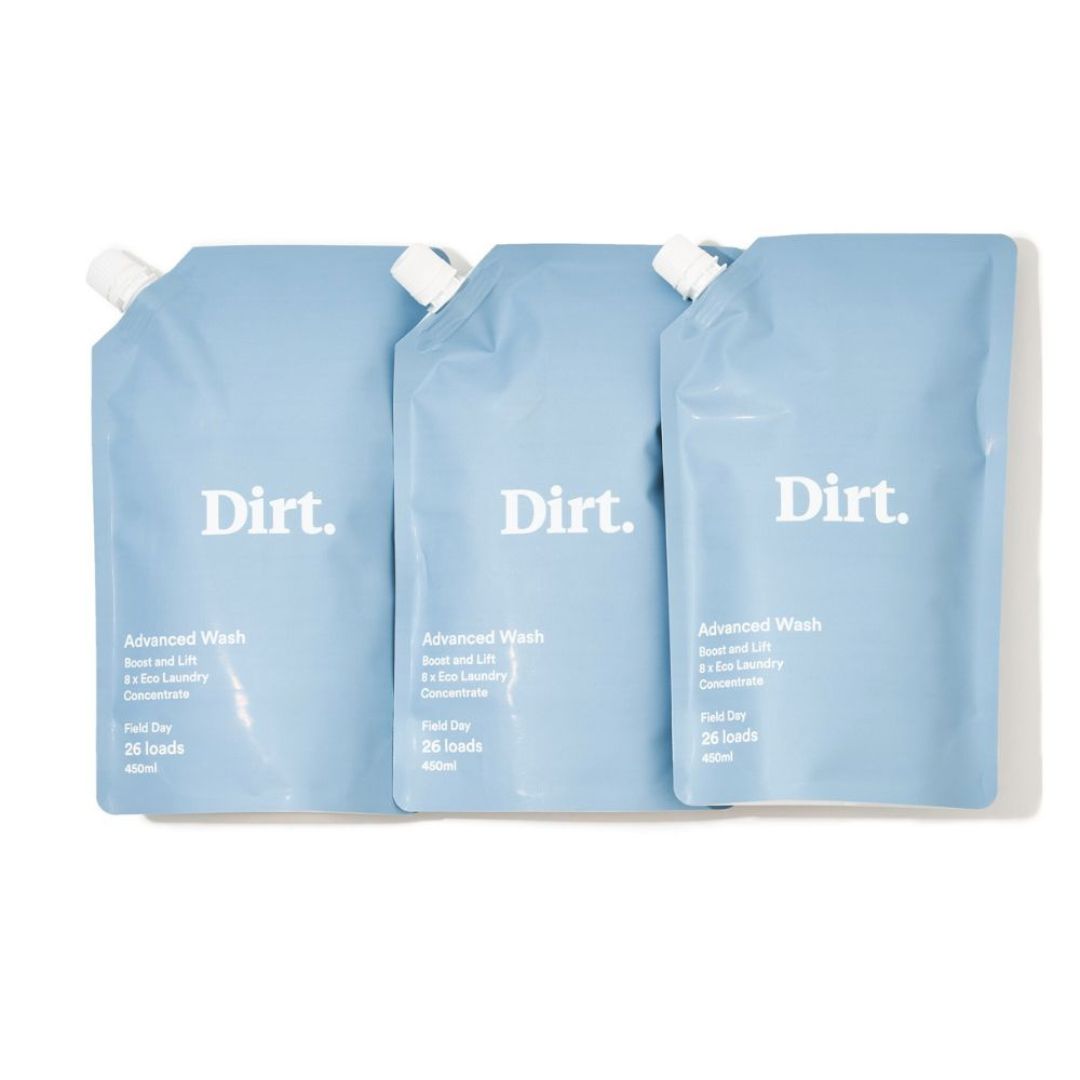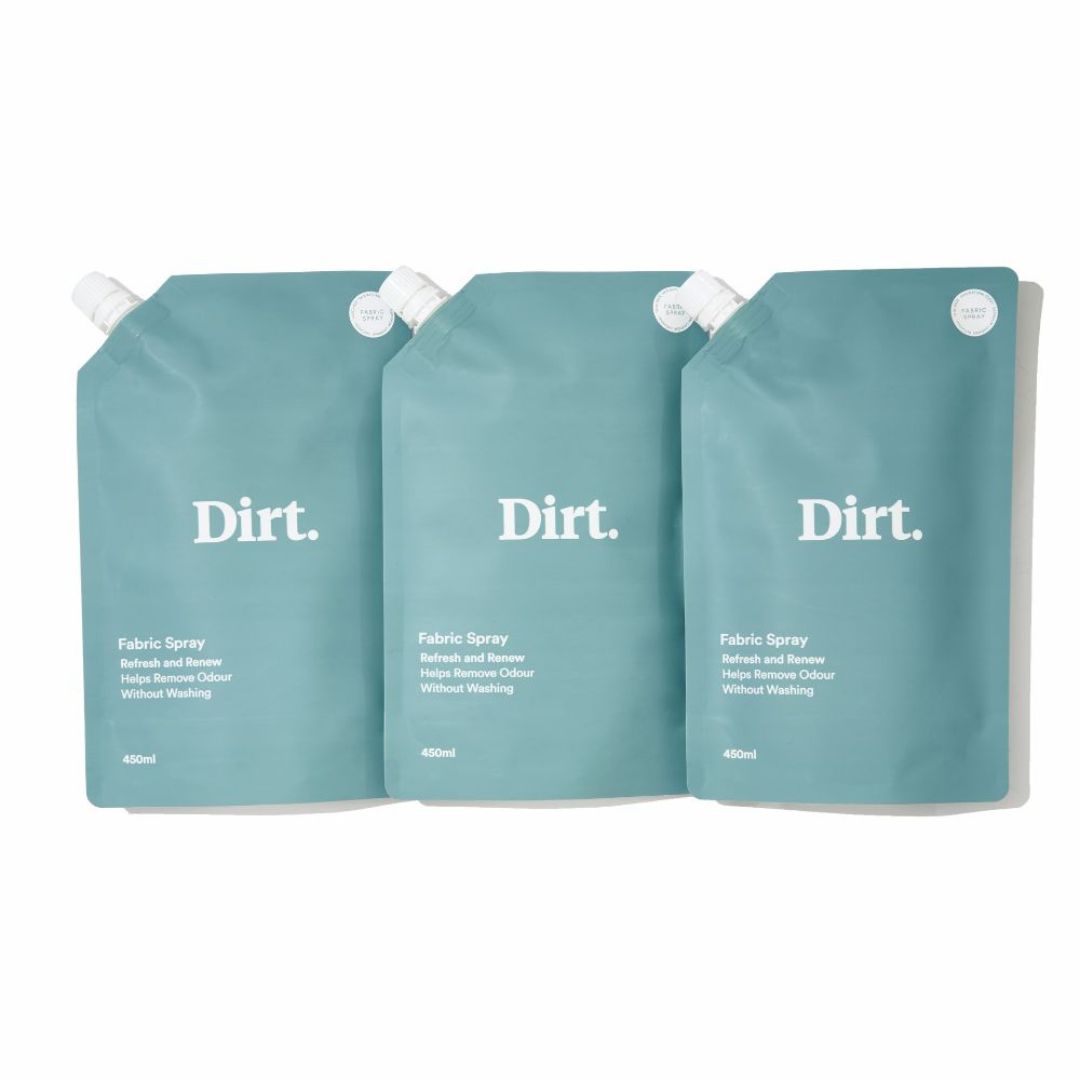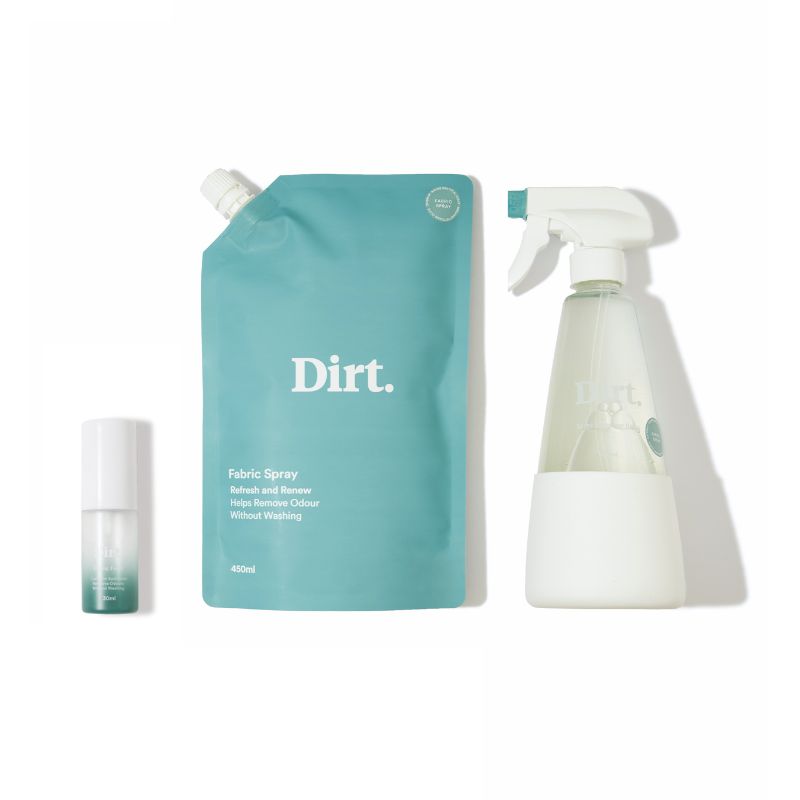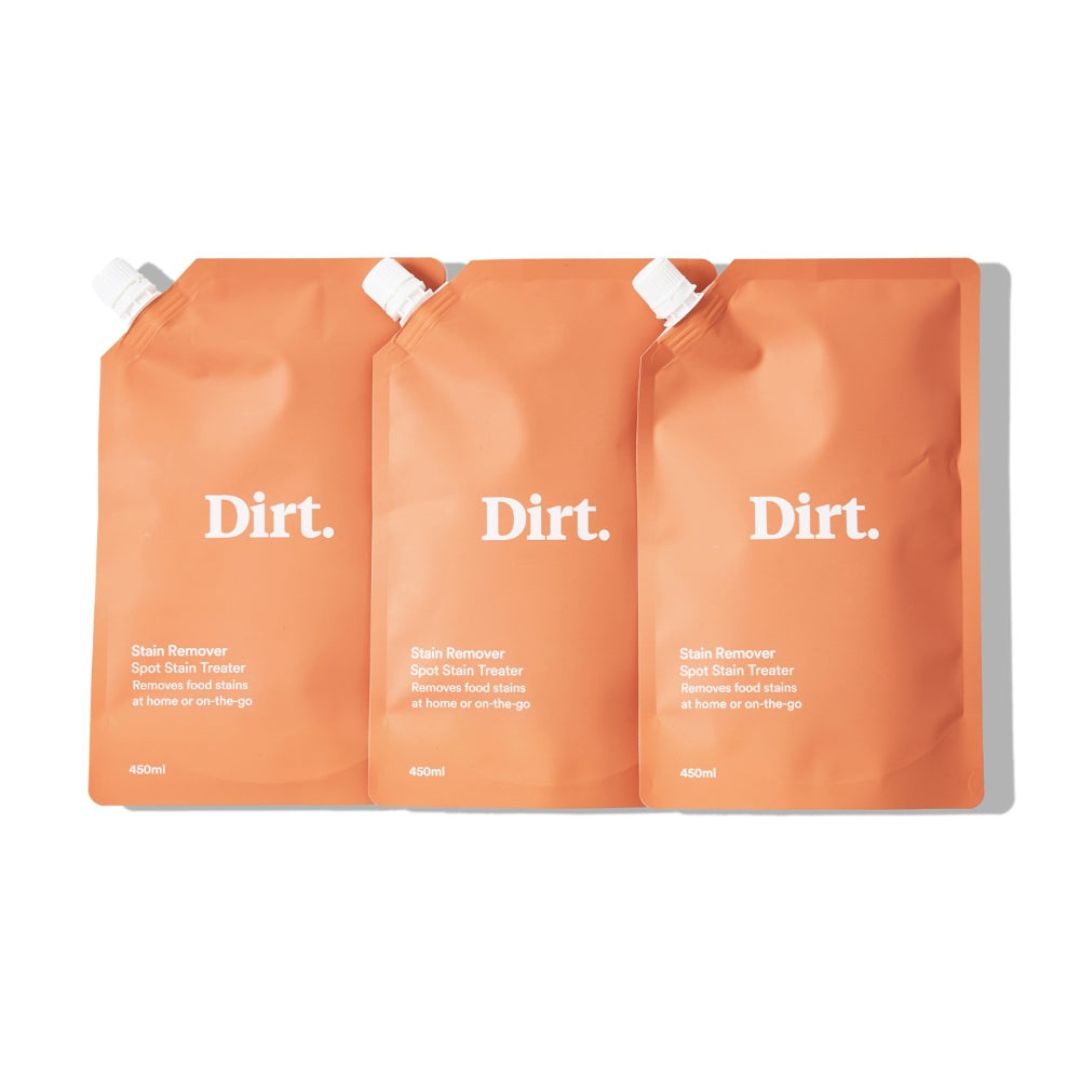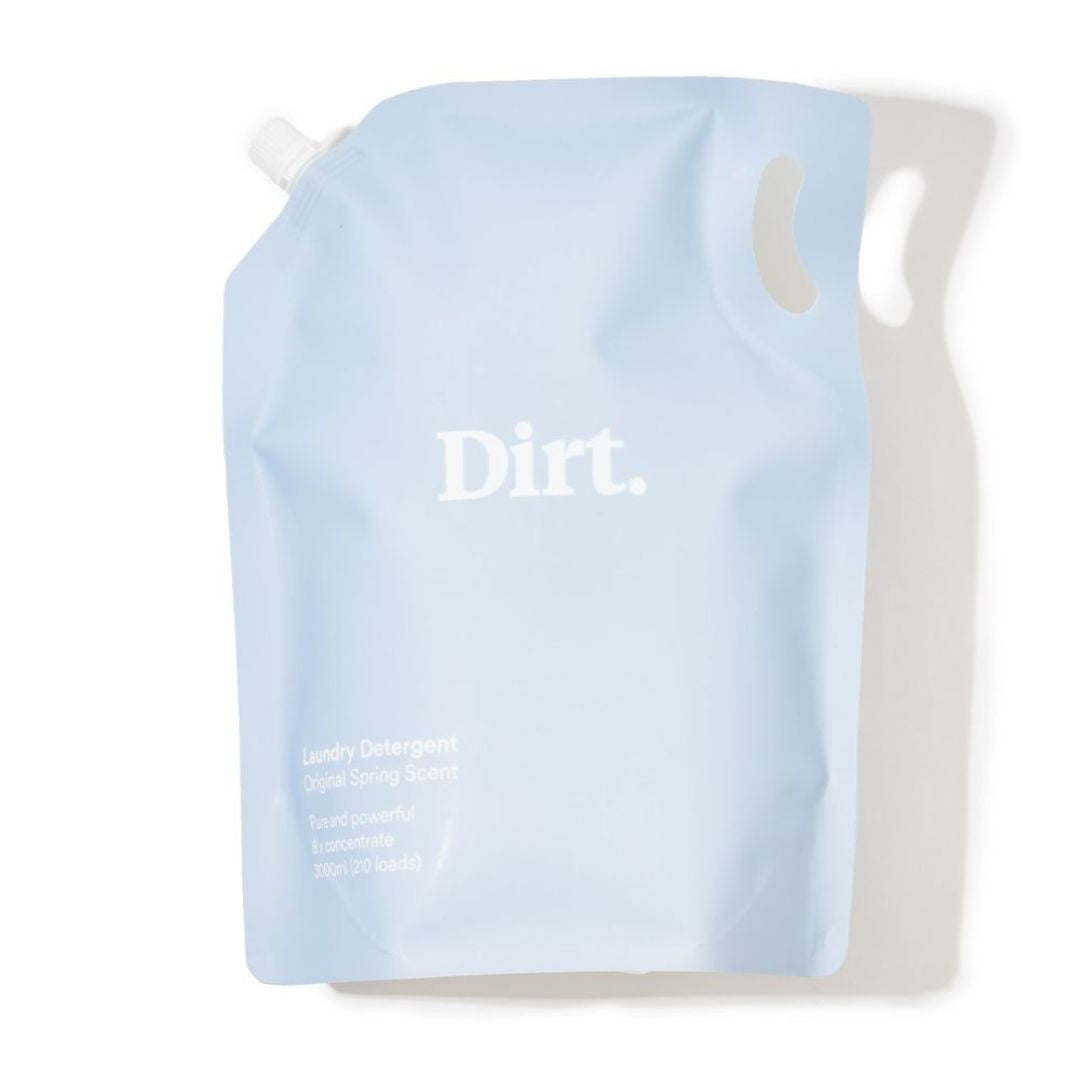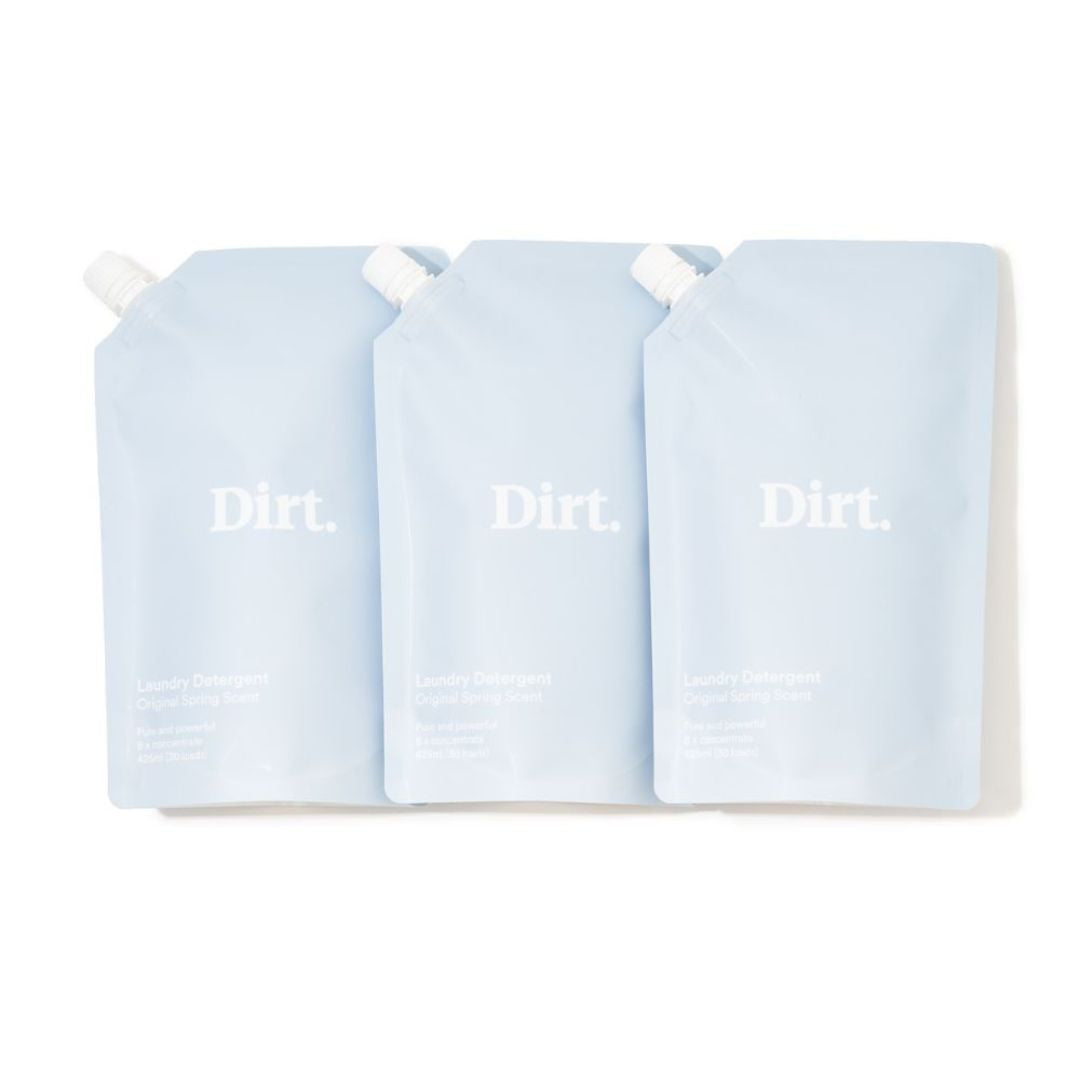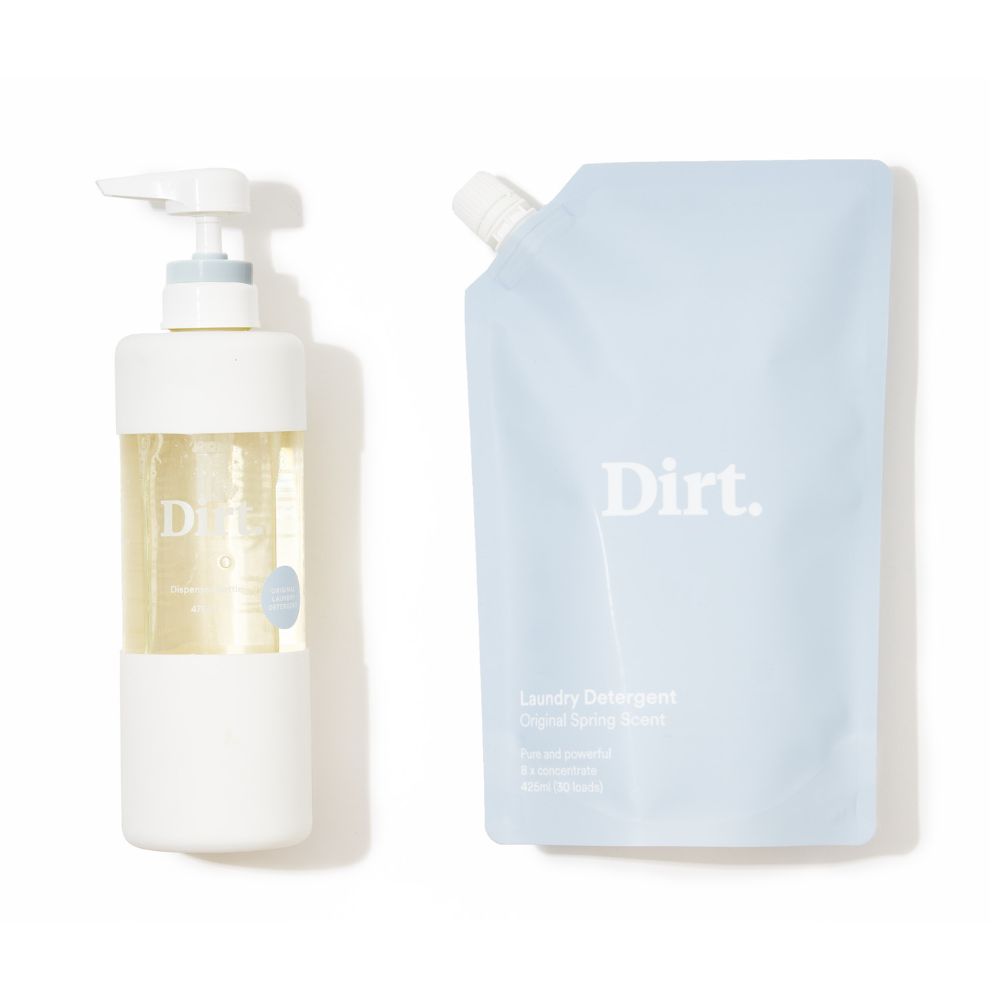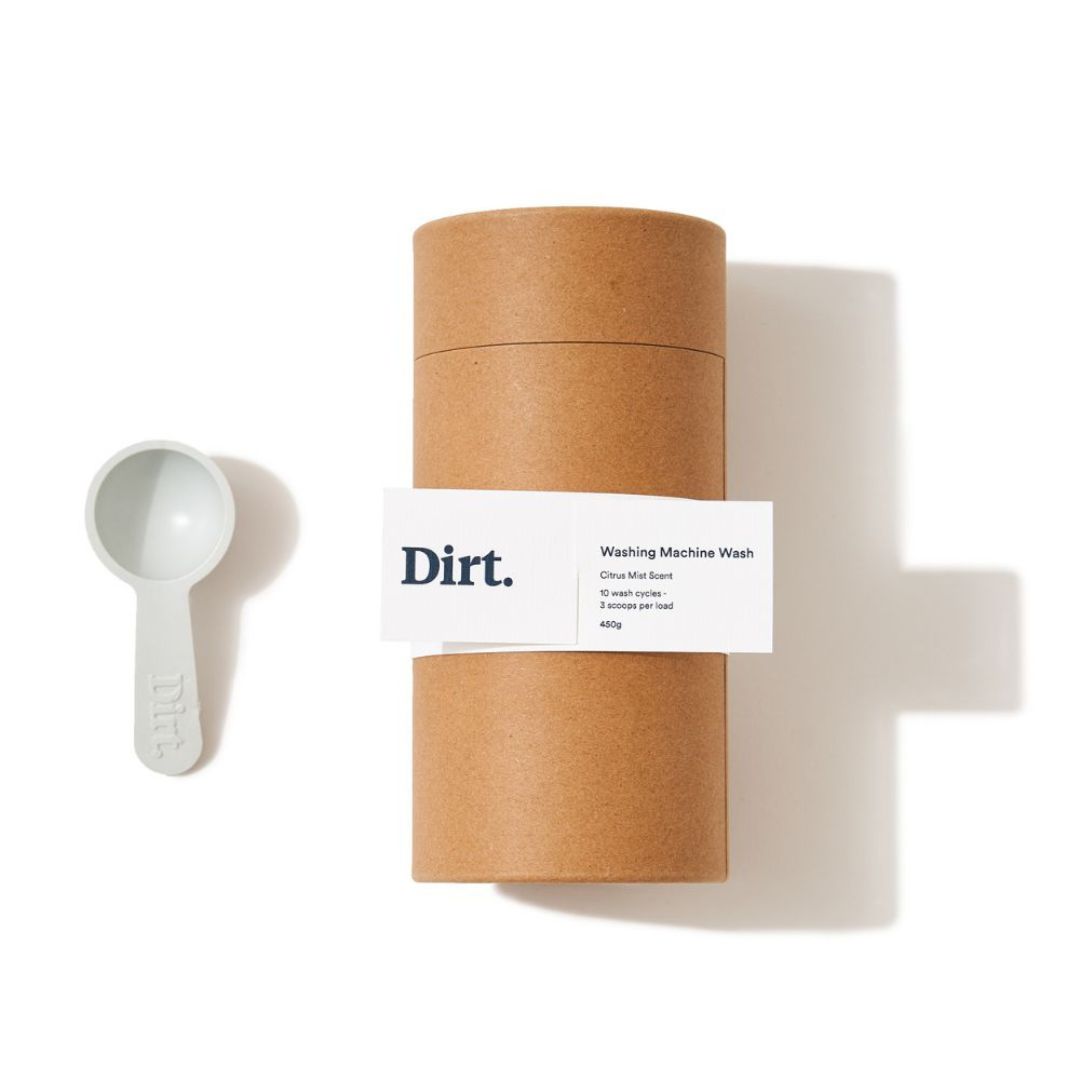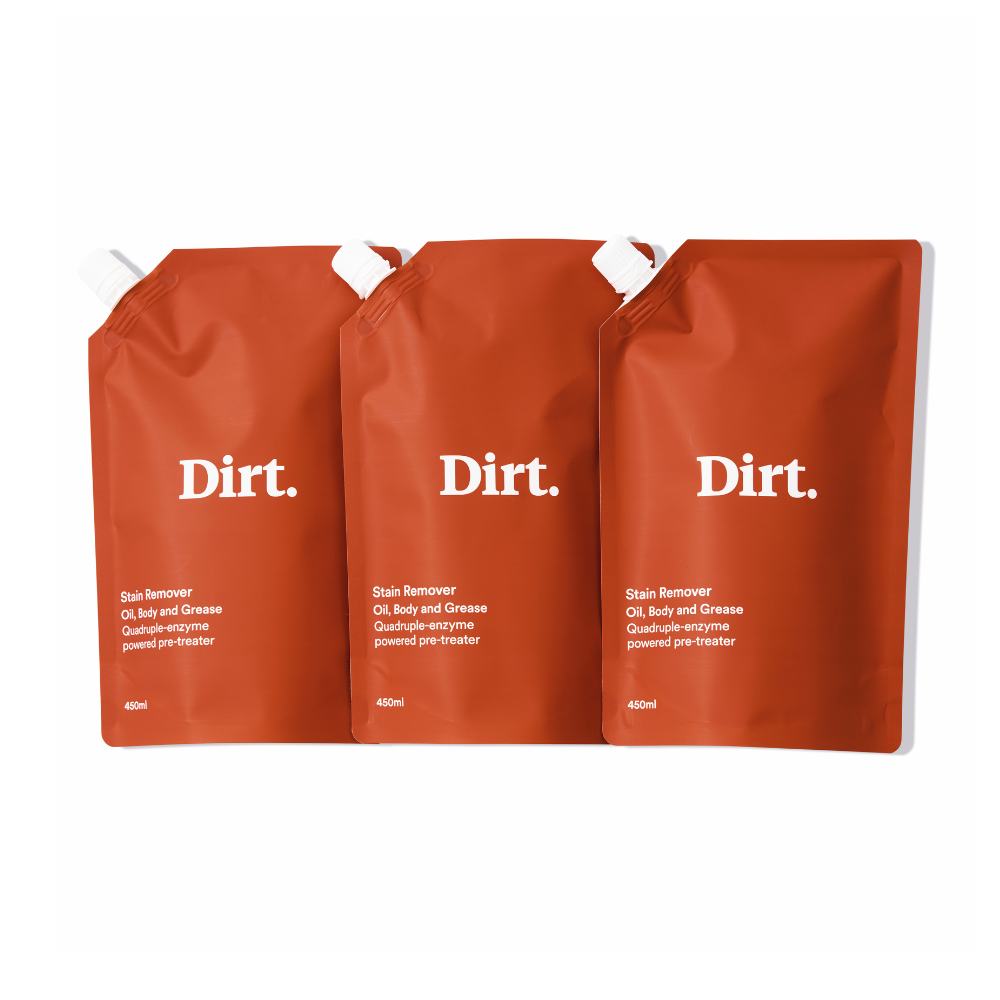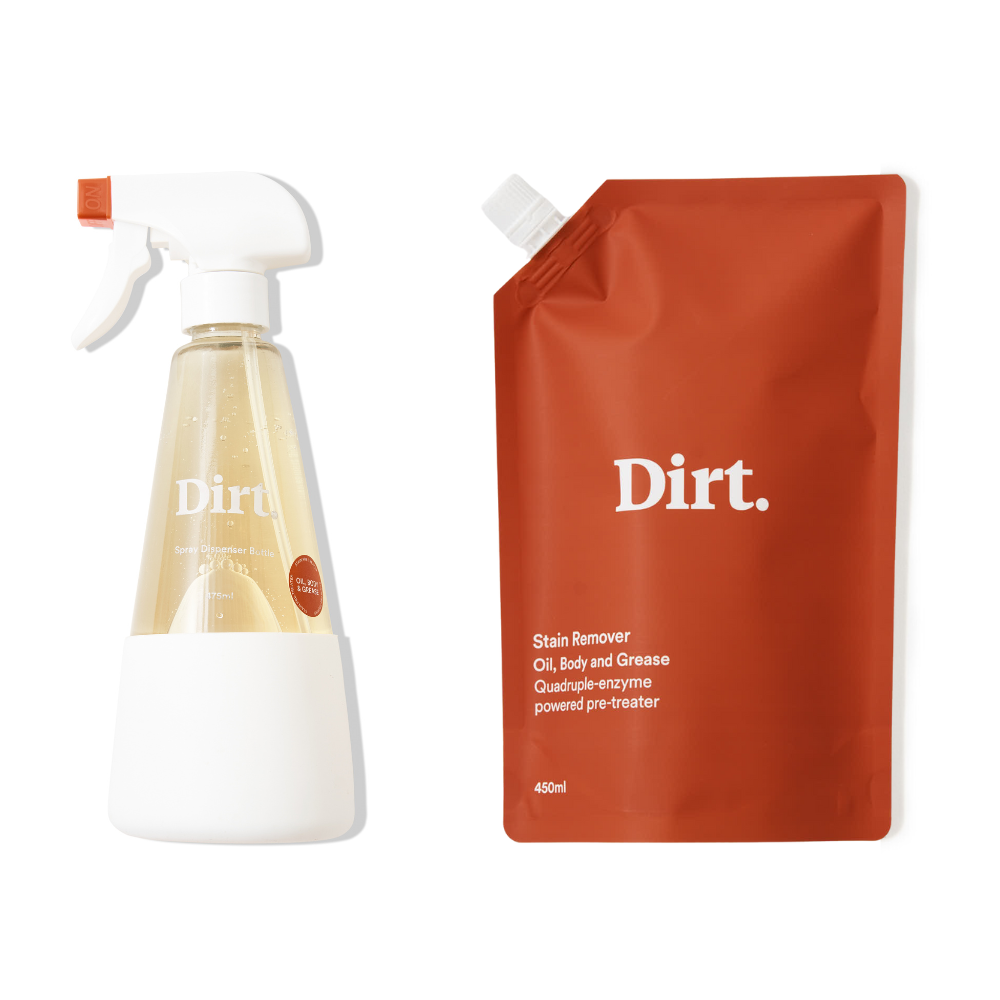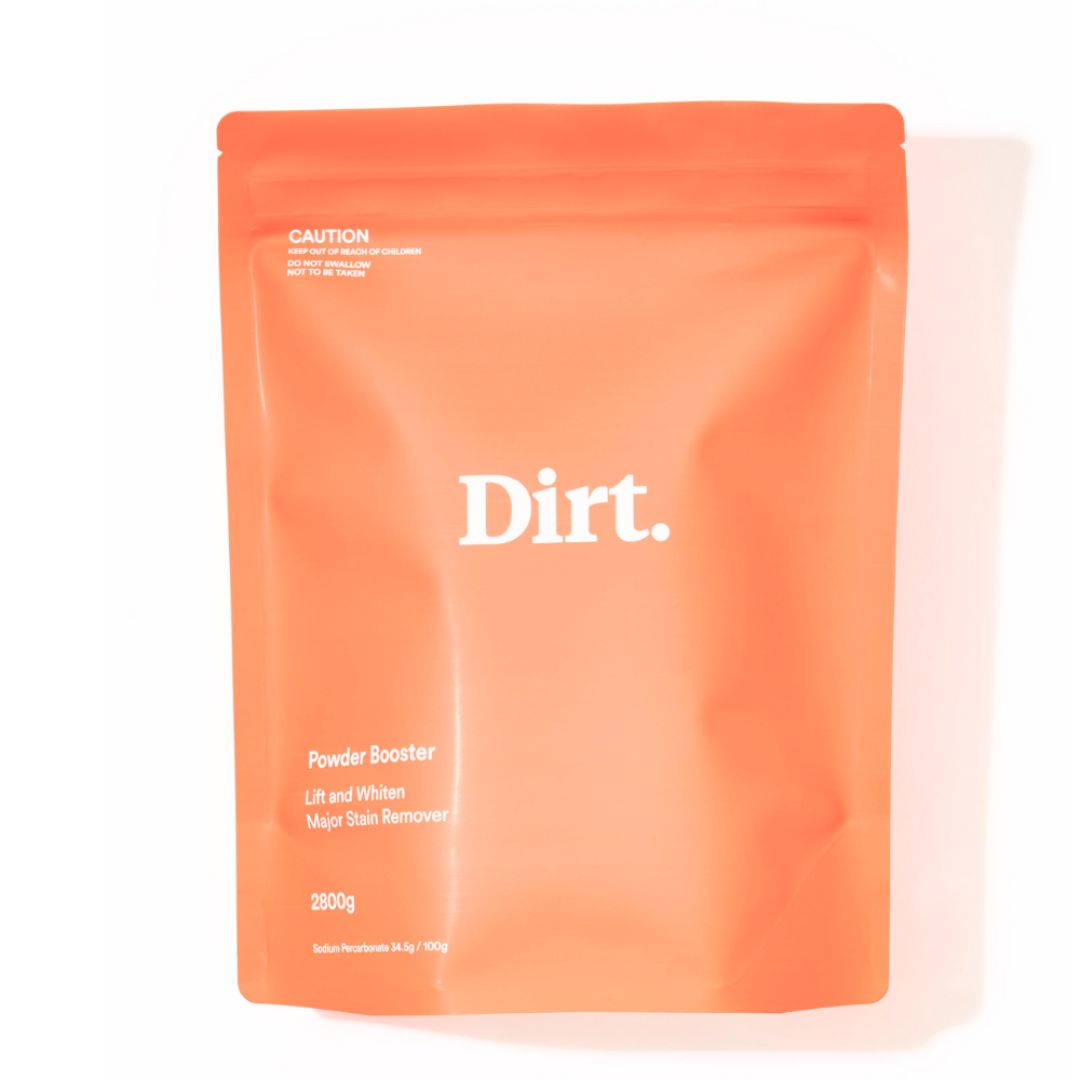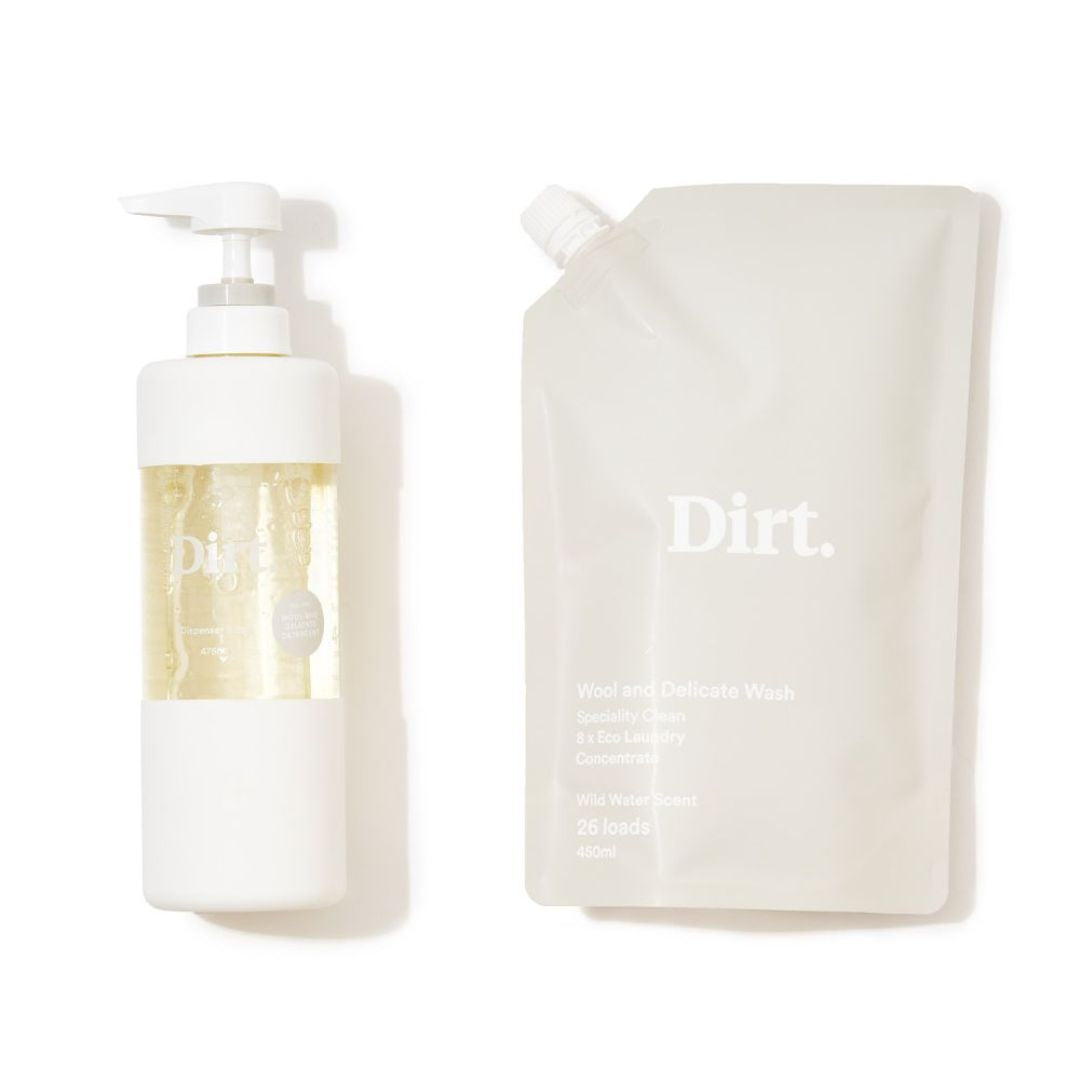One question we get asked a lot is, “So, what do your products smell like?”
And the thing is, it’s hard to describe. No, really. It’s a pretty well known fact in the science world that humans really suck at describing smells. Why? Well, the human sense of smell is a highly subjective and complex sense. Unlike our more popular senses like vision and hearing, smells are difficult to convey accurately through words because we don’t have the adequate vocabulary to capture the intricacies and nuances of different smells. Plus, smells are often associated with personal memories and emotions, making them highly unique to each individual. Unless you’re a sommelier or perfumer, it’s hard to nail down the language of scent.
But what is interesting, is how colour plays a part in helping us describe certain smells more accurately than words can. You could even say that colours paint a clearer picture. So what’s the deal?
The science of smell
Firstly, let’s get into the science of smelling. We have around 400 olfactory receptors that allow us to distinguish at least 1 trillion different odours – read that again, 1 trillion! When odour molecules (e.g. the smell of a freshly baked cake) reach the nose, they bind to the receptors inside the nose which stimulate olfactory neurons to send electrical messages to the brain (specifically the olfactory bulb). These signals are then decoded and translated to help identify the specific smell – the same part of the brain also stores memories and provokes emotions, which explains why certain scents can transport us back to a person, place or moment in time.
Classifying smells by colour
There are countless studies that support the validity of colour-odour perception. Just think of the colour yellow and what you think it smells like. Probably fresh, zesty and citrussy, just like a lemon. How do we know this? It’s a result of experience and repeated colour-odour associations, and the fact that most people describe smells according to their source.
Of course, colour-odour perception is dependent on culture, language and experience, but there’s a general consensus towards certain colour-odour combos. In short, colours do shape our olfactory expectations which is why it’s easier to use colours to describe scents instead of words.
So to answer our FAQ about what our products smell like, we asked Naarm-based artist, Georgia Cavanagh to help us bring our scents to colour…
Laundry Detergent:
Original Laundry Detergent scent is made from essential oils.
Yellow: Zesty and sharp citrus (Orange, Citronella)
Mauve: Fresh cut flowers (Geranium, Lavender, Palmarosa)
Blue: Aquatic Fresh (Basil / Eucalyptus)
Light/Dark Brown: Woody, sweet and spicy (Guaiacwood, Patchouli, Clove)
Advanced Wash:
Our Advanced Wash scent is made from Natural Origin with the inclusion of Galbanum essential oil.
Natural Origin (n.O) means its base is not petroleum or synthetic like you might find in ‘Fragrance’; it is plant based. Natural Origin scents are more subtle than fragrances, but will have a vaguely perceptible scent once dried.
Light/Dark Green: Sharp and herbaceous notes (Galbanum, Bergamont (n.O))
Light/Dark Blue: Fresh and fruity (Wild Fig (n.O), Geranium (n.O))
Brown: Woody and a little sweeter (Cedarwood (n.O), Amber (n.O))
Powder Booster:
Our Powder Booster scent is made from essential oils.
Light / Green: Fresh and clean with a touch of herbiness (Eucalyptus)
Blue / Orange: Fresh, and crisp (Lemongrass)
And there you have it, a simple yet brief explanation as to why sometimes, it’s easier to colour than words to describe scents. Now you know, it’s not just you.
Struggling to get shut-eye? Find out how to take care of your senses for a better night’s sleep here.

